Benchmarking Storage Devices
For our thorough testing of throughput data speeds, we utilized the Gnome Disk Utility, which operates seamlessly within the Ubuntu environment. This application provided us with the necessary tools to accurately assess the performance of our storage devices. By leveraging its capabilities, we were able to gather reliable data that reflects real-world usage scenarios.
Testing the eMMC Chip
In this evaluation, we thoroughly assessed the 32GB chip, and the results were quite satisfactory. The chip exhibited a commendable average write speed of 54.8 MB/s and an impressive read speed of 318.8 MB/s. You can likely achieve comparable speeds with a high-quality microSD card, and even better performance can be attained using an NVMe drive, provided your budget allows for it.
| Number of Samples | Sample Size (MiB) | Number of Samples | Transfer Rates (MB/s) |
| 100 | 500 | 1000 | Read: 318.8 MB/s Write 54.8 MB/s |
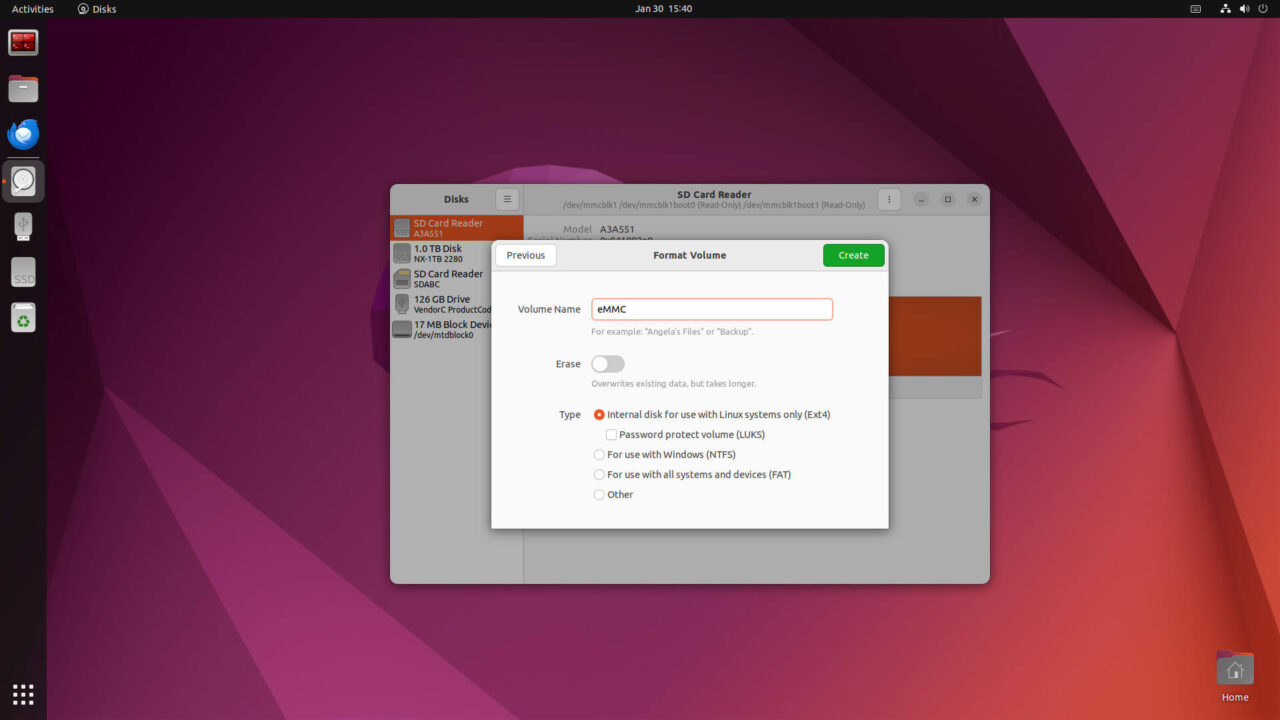
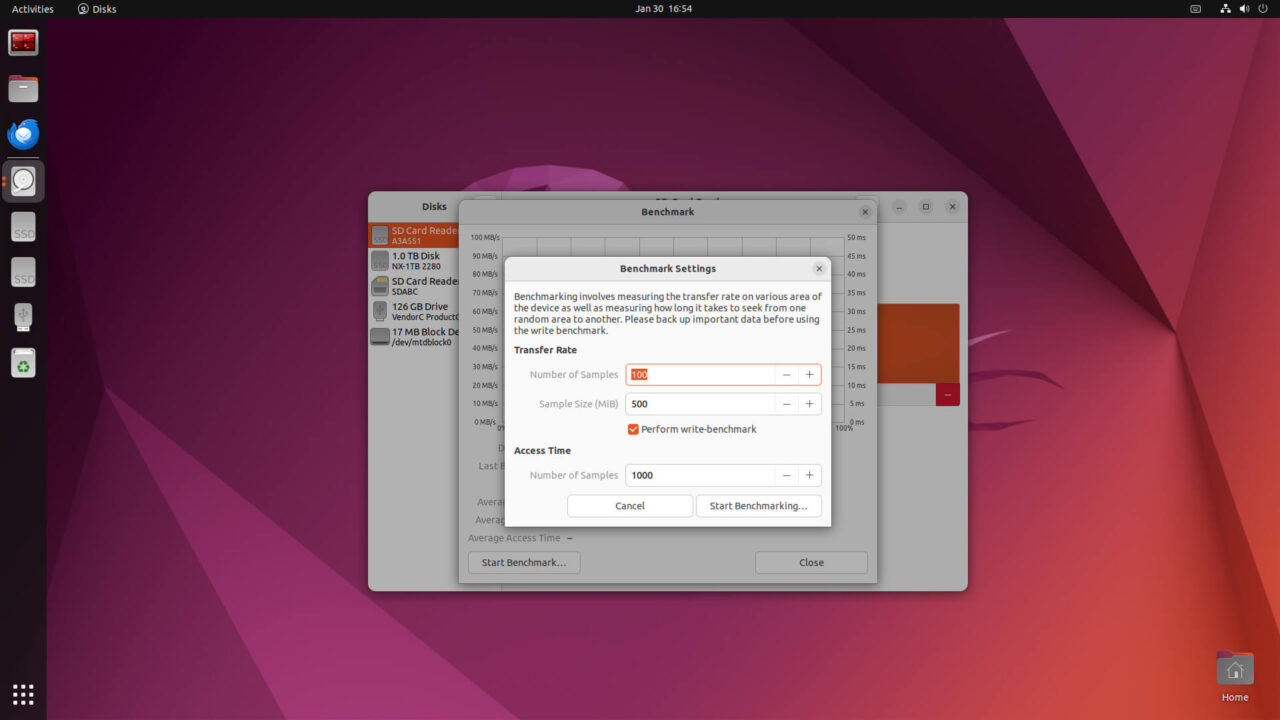
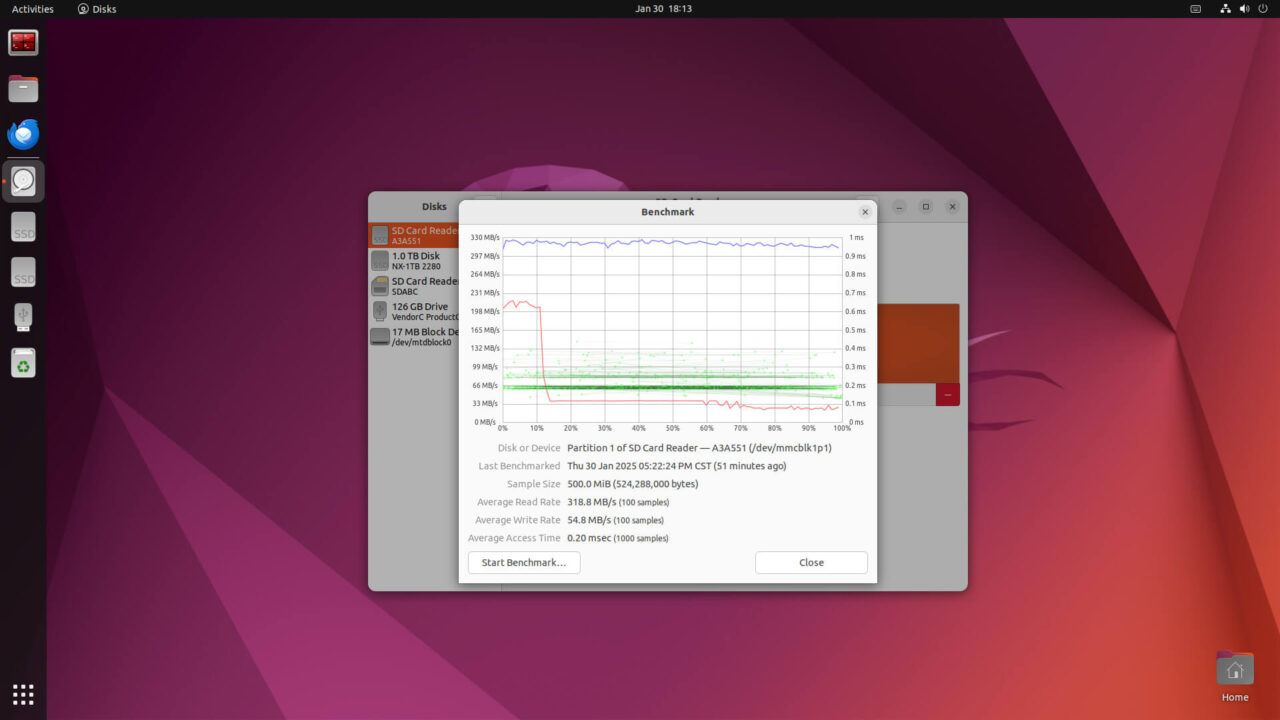
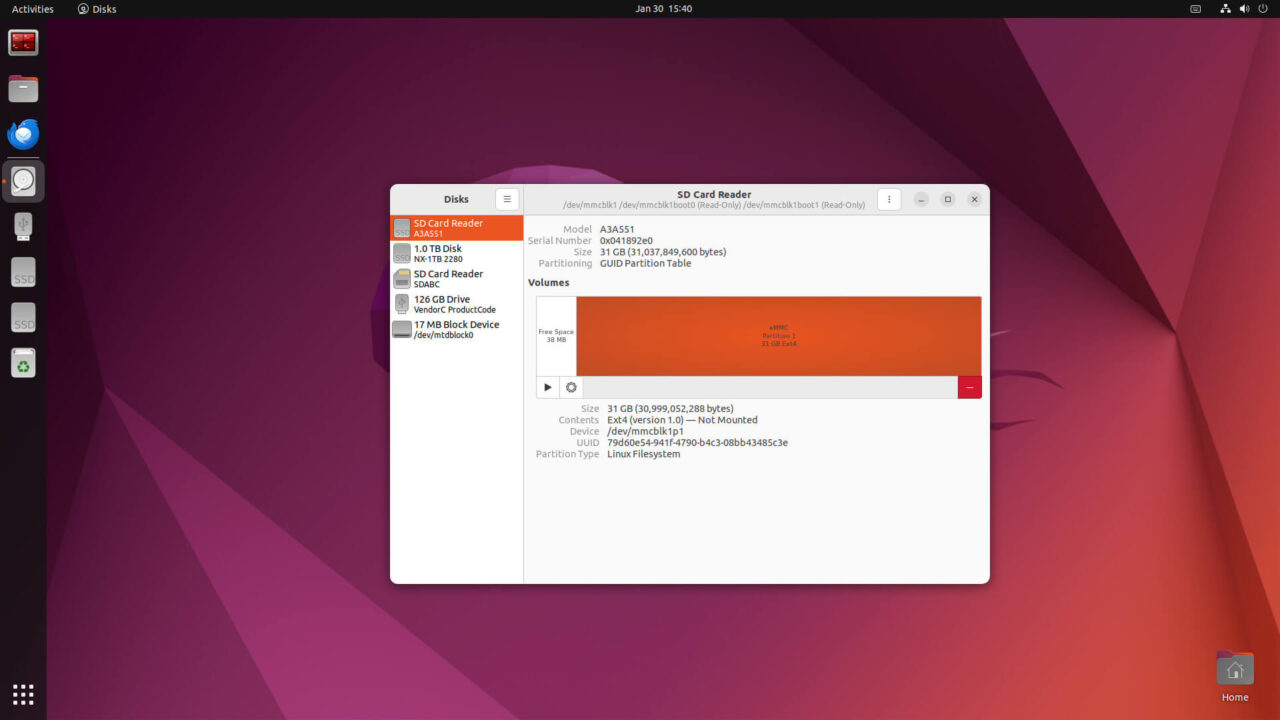
Evaluating the performance of a 1TB NVMe SSD
In this test, we successfully installed, partitioned, and formatted a 1TB NVMe SSD, model NX-1TB from KingSpec, which is compatible with PCIe 3.0 x4. It’s also important to note that the M.2 socket on the Ultra 5 board also supports NVMe SSDs with PCIe 3.0 (4 lanes), rendering the use of a Gen 4 card unnecessary.
KingSpec NX-1TB NVMe
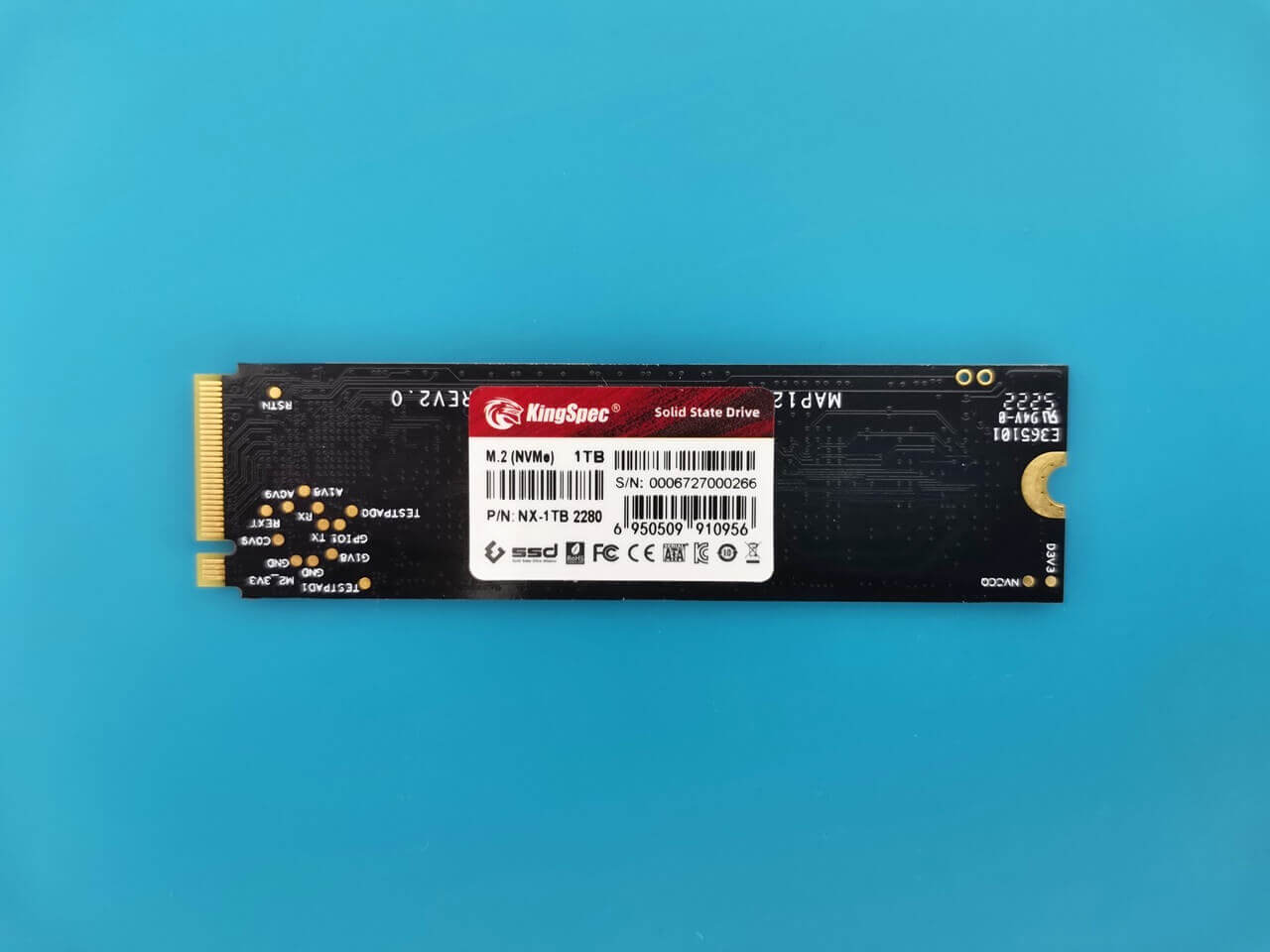

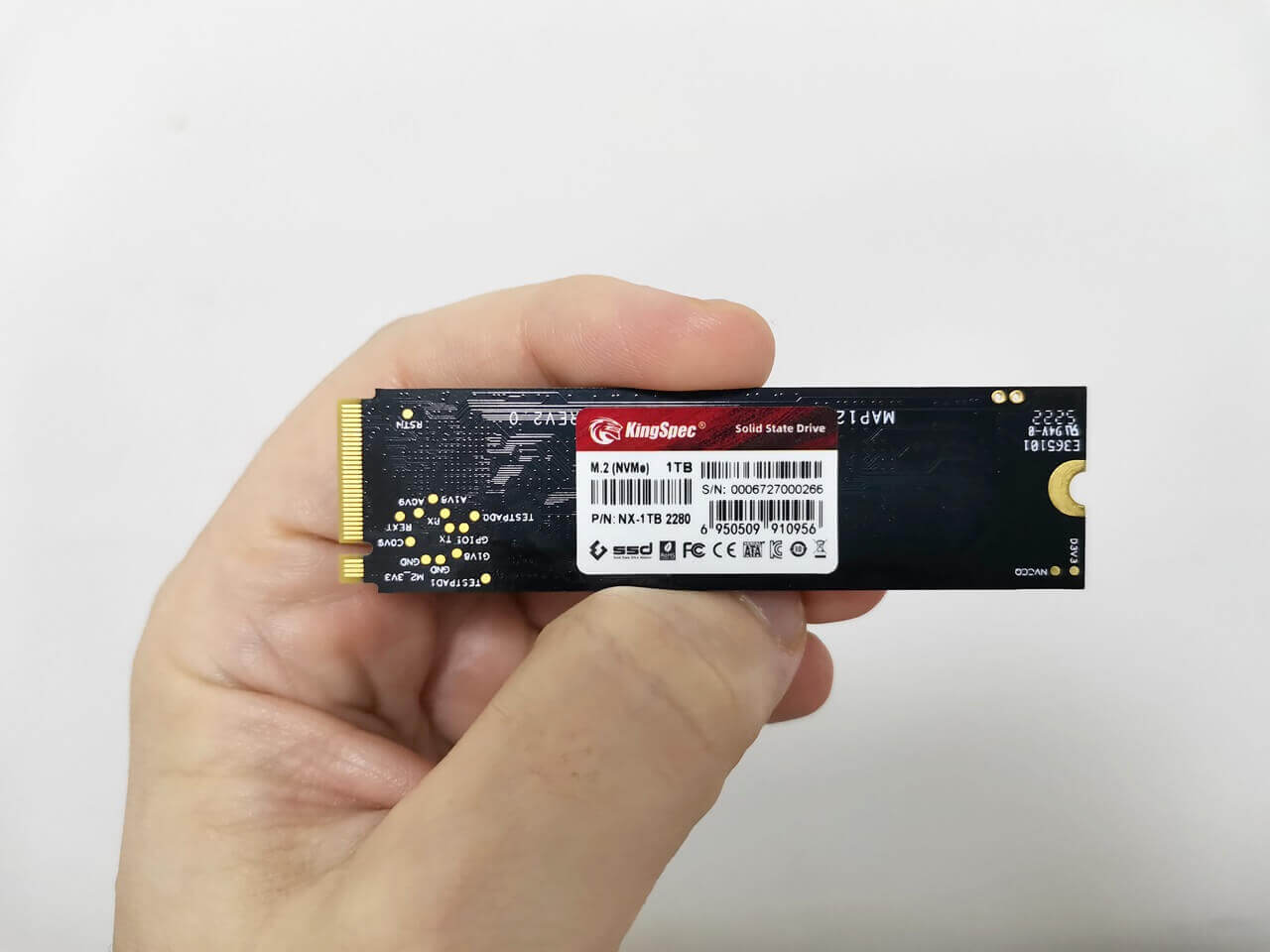
The drive was formatted with the ext4 file system, and our results were overall excellent, demonstrating impressive read and write speeds, as highlighted in the table below.
| Test No. | Number of Samples | Sample Size (MiB) | Number of Samples | Transfer Rates (MB/s) |
| 1 | 100 | 100 | 1000 | Read: 2.5 GB/s Write 1.8 GB/s |
| 2 | 100 | 500 | 1000 | Read: 2.4 GB/s Write 1.7 GB/s |
| 3 | 1000 | 500 | 1000 | Read: 2.9 GB/s Write 1.1 GB/s |

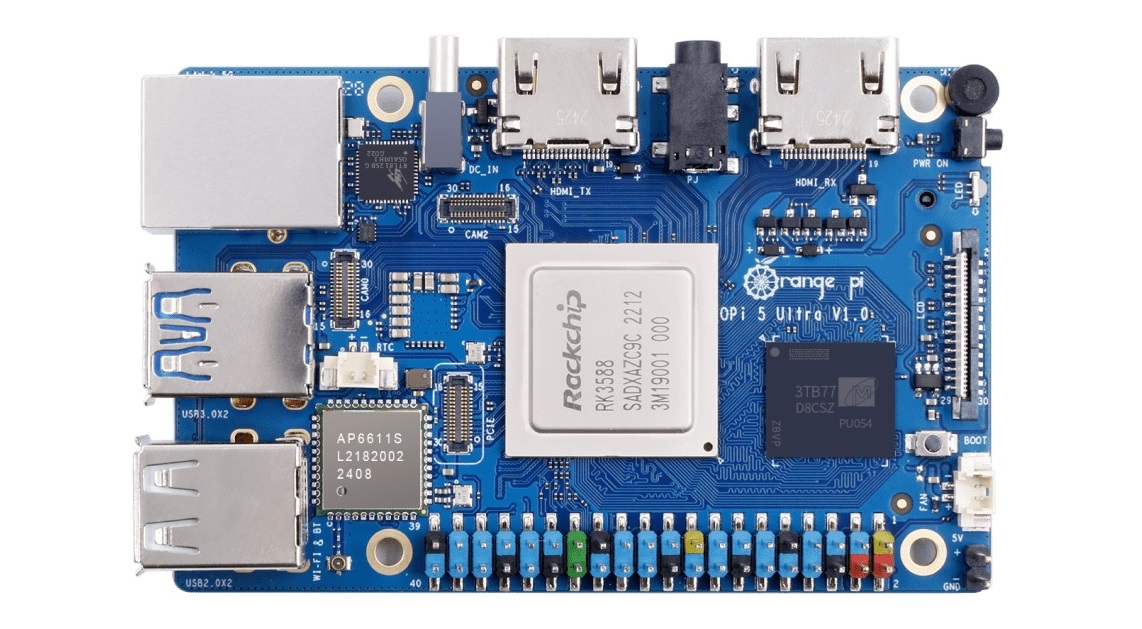
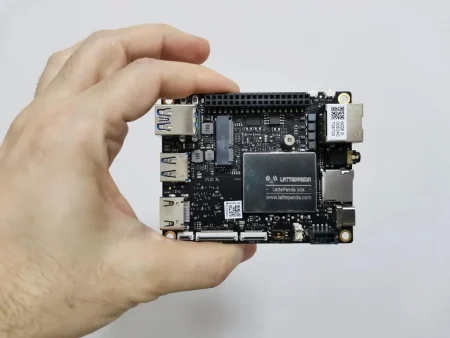
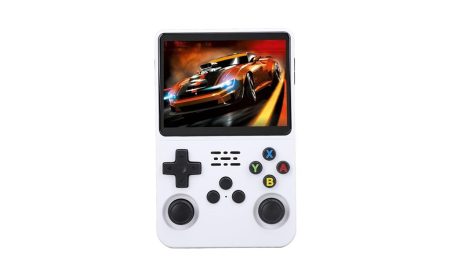
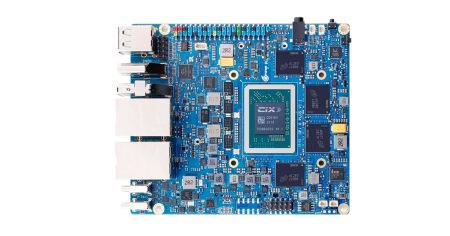
Orange Pi needs to stop this nonsense. ANOTHER board?? Nobody can keep up with software – Armbian isn’t even supporting the Max.
You don’t have to use Armbian, although it offers long-term support. The Orange Pi Ubuntu image works well, and I’m sure that a DietPi image will be available soon.
Well, there is a factory and employees, so people need continuous work all the time.